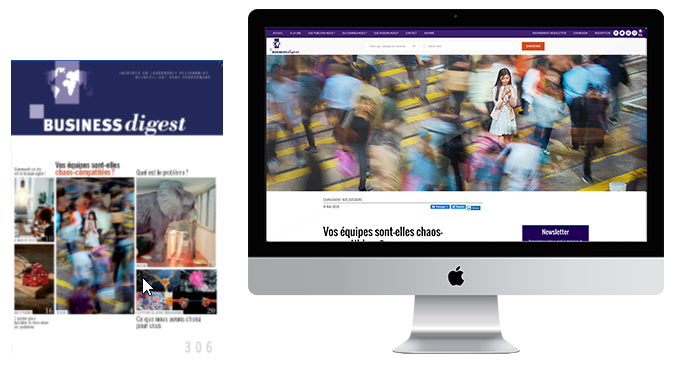The key ingredients of employee experience
We are all faced with the same question: how can we attract talented individuals and inspire them to give us their best? Jacob Morgan studied over 250 companies worldwide before coming up with an answer: create an “experiential” company, where performance is genuinely people-centered, rather than where people just work to get paid.
In the past, organizations were built on the idea that managers are controllers, employees are consumables and work is a chore. More recently, however, leaders and managers have started to think in terms of engagement, a promising concept based on the principle that someone working in good conditions will be more motivated and more efficient. Over time, the notion of engagement has become the holy grail for many companies. According to Deloitte’s 2016 annual review of HR trends, engagement was the number one priority for 8 out of 10 leaders. One year later, however, in 2017, engagement was no longer even listed as a key concern! Instead, it had been replaced by a new priority: employee experience.
What do we mean by the “employee experience”?
Employee experience is to work what customer experience is to consumption: it replaces constraints and obligations with pleasure and desire. It is the sum of all the interactions that employees experience at work, from the moment of entering the door to the moment they leave. For example, the work itself, interactions with management as well as all their other workplace human relationships, and physical and digital environments. Morgan’s research discovered that experiential companies are 4 times more profitable than other businesses in the same sector and generate 2.8 times more sales per employee. Why? Because successful employee experience translates into successful customer experience. Before you embark on building a differentiated employee experience, you need to define and share your company’s raison d’être, which is the cornerstone of the employee-company relationship. This “reason for being”, as Morgan calls it, is much more than a simple baseline, since it encapsulates the company’s mission. It is an objective that sums up the impact an organization wants to have on society. EY is a professional services firm whose raison d’être — “Providing the best service to satisfy customers with the best profitability and best possible delivery times” — is a good example of a reason for being that does not meet any criteria. On the other hand, Google’s promise to “organize all the world’s information and make it universally accessible and useful” is a unifying reason for being. To ensure that their mission is shared, Google executives regularly invite all stakeholders to challenge that mission as a group.
Employee experience: based on 3 key pillars
Once the reason for being has been identified and shared, activate the various levers for improving the experience you off er employees! These levers should complement each other and be organized around three axes:
Excerpt of Business Digest N°280, October 2017
Based on The Employee Experience Advantage : How to Win the War for Talent by Giving Employees the Workplaces they Want, the Tools they Need, and a Culture they Can Celebrate, by Jacob Morgan (Wiley, 2017).
© Copyright Business Digest - All rights reserved

